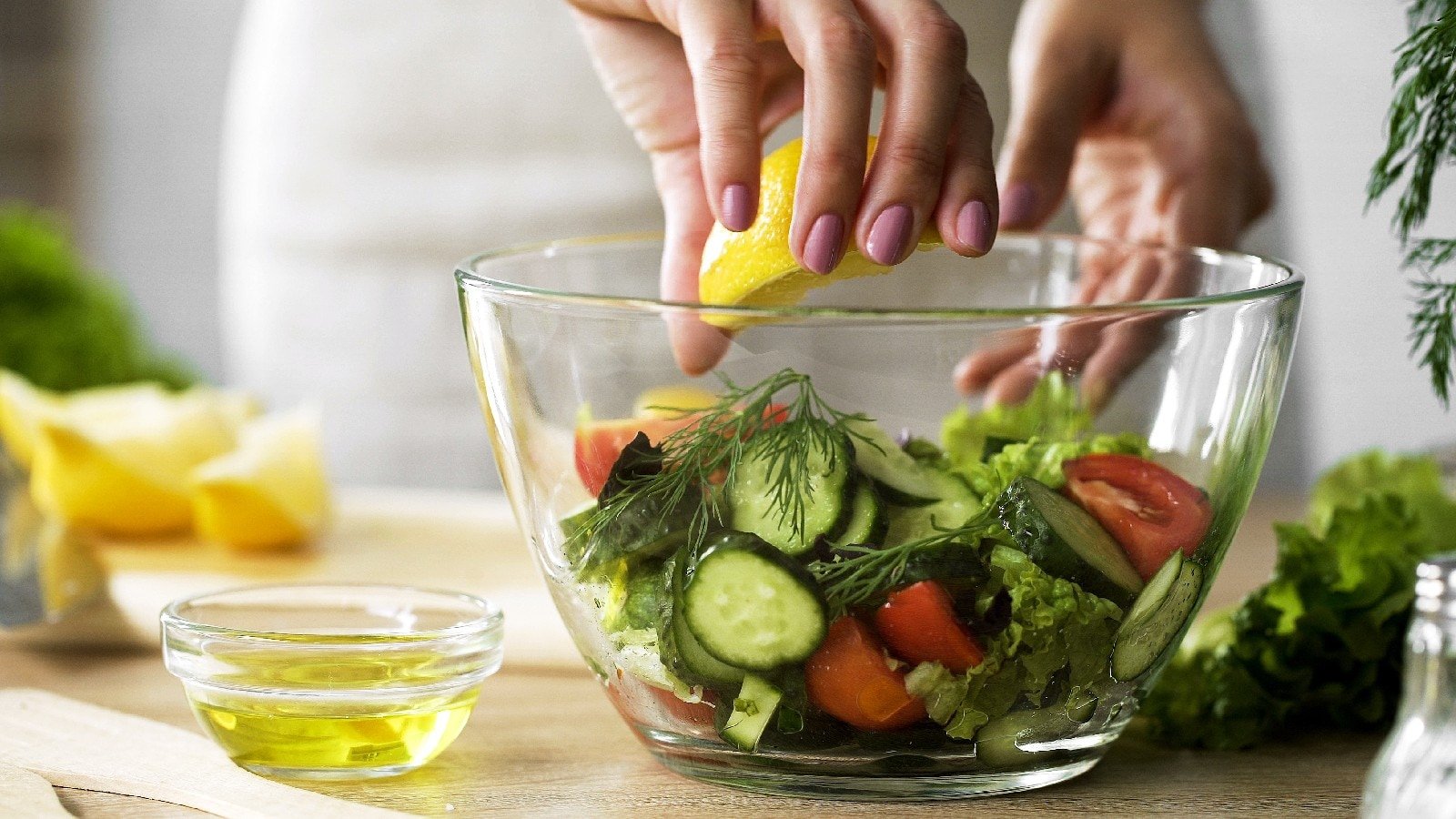How an anti-inflammatory diet can reduce arthritis symptoms, improve joint health, and enhance quality of life by making dietary changes.
My friend’s 69-year-old father is living with arthritis. I’ve grown up seeing him jump and race with us, but now he seems to be catching up with age and arthritis. Every movement reminds him of pain, and he often wonders if he will ever regain control. Doctors have told him that the answer isn’t simply in medications, but also his overall lifestyle and diet. Eating an anti-inflammatory diet, especially, may help to manage arthritis pain.
A study published in Arthritis Research & Therapy found that people who followed a healthy, anti-inflammatory diet had a much lower risk of dying from all causes compared to those who ate unhealthy, pro-inflammatory foods.
How important is diet in arthritis?
Arthritis often causes long-lasting inflammation. This can occur due to the wear and tear associated with osteoarthritis or the immune system’s attack on joints in rheumatoid arthritis. Many people are unaware that the food they eat influences how their body responds to inflammation.
Some foods can increase oxidative stress and compromise your gut health, potentially worsening your condition. A key finding from Harvard Health shows that losing just one pound can reduce the load on your knee joints by four pounds. Keeping a healthy weight is important not only for looking good but also for relieving pressure on joints that are already under stress.
Eating the right foods can help reduce inflammation and support joint health. Omega-3 fatty acids, found in fish, flaxseeds, and walnuts, are perfect for this. “On the other hand, trans and saturated fats in processed foods and red meat can exacerbate inflammation”, Dr Simon Thomas, orthopaedic surgeon at Max Super Speciality hospital, tells Health Shots. By choosing your foods carefully, you can improve your joint health and lessen your symptoms.
What is the best diet for healthy joints?
What does an anti-inflammatory diet include? There isn’t a single diet that works for everyone with arthritis, but incorporating certain foods can help manage symptoms.

-
Omega-3 fatty acids
Adding fatty fish to your meals is important. Try to eat salmon, mackerel, sardines, or tuna at least twice a week. “If you don’t like fish, you can use high-quality fish oil supplements instead”, says the orthopaedic surgeon. Omega-3 fatty acids help calm inflammation and can reduce joint stiffness and soreness over time.
2. Add more colourful veggies
Build your meals around whole foods, especially plants. Leafy greens like spinach, kale, and broccoli are full of vitamins A, C, and K, which help keep your cartilage healthy and reduce oxidative stress. Snacking on colourful berries gives you antioxidants, while nuts and seeds like walnuts, almonds, flaxseeds, and chia provide fibre and healthy fats, which are important for reducing inflammation.
3. Choose the right oils
When you cook, try using extra-virgin olive oil instead of your regular oil. It contains oleocanthal, which can help reduce inflammation, similar to how ibuprofen does. “Adding herbs and spices like turmeric and ginger to your meals can also help”, says the doctor. These natural ingredients contain compounds such as curcumin and gingerols that can help reduce pain and inflammation.
4. Complex carbohydrates
Add beans and whole grains to your meals for an added boost of fibre. “These foods can help lower inflammation and support weight control”, says Dr Thomas. This is important for easing pressure on your joints.
5. Say no to processed foods
Avoid ultra-processed foods, added sugars, excessive salt, and large portions of red or processed meat, as these can contribute to inflammation. Instead, focus on clean meals with whole, nutrient-rich foods.
6. Consider food sensitivities
If you think certain foods exacerbate your symptoms, try a short elimination diet. This can help you identify which foods are triggers, such as gluten or specific dairy products. Reintroduce foods one at a time while paying attention to how you feel to pinpoint what works best for you.








